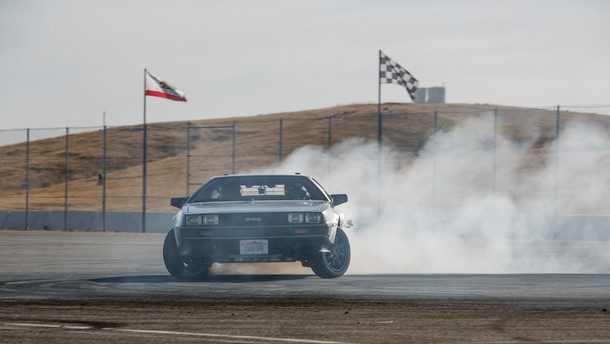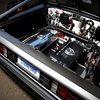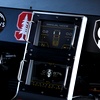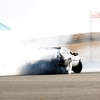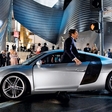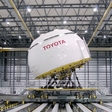
They took a vintage 1981 DeLorean and transformed it into an electric car, capable of autonomously drifitng in circular donut at a large drift angle. The car is nicknamed MARTY, but its creators aren't merely paying homage to DeLorean, the iconic 'Back to the Future' time machine. MARTY also stands for "Multiple Actuator Research Test bed for Yaw control".
Introducing MARTY and his unique capabilities, Gerdes said: "We want to design automated vehicles that can take any action necessary to avoid an accident.The laws of physics will limit what the car can do but we think the software should be capable of any possible maneuver within those limits. MARTY is another step in this direction."
ESC (electronic stability control) is a feature ensuring the car remains within the boundaries of safe and stable maneuvering. The driver handles the car by by applying brakes to individual wheels or even reducing engine power. The young researchers from Stanford say that sometimes one would need to sacrifice some stability in order to make a sharp turn or avoid collision. They say that the best rally drivers in the world are all but strangers to such a tactic – they take advantage of instability of the car and use it to avoid obstacles and make sharp, fast turns. However, the driver must, of course, know exactly what he is doing. Modern stability control systems are designed to do just the opposite – they don't tolerate such maneuvering at all. If we are to develop safe autonomous cars, we should give them some instability as well, however also teach them how to use it efficiently.
The Stanford prototype is for now only capable of circular drifting, but the team wishes to teach it how to drive on a track and explore all the possibilites, offered by physics.
MARTY was built in collaboration with Renovo Motors (specializes in building advanced electric vehicle technology) from the Silicon Valley. The company provided the students with a new platform, originally used for their electric supercar. It is said to deliver "4,000 pound-feet from on-motor gearboxes to the rear wheels in just a fraction of a second", which guarantees precisely controlled drifting.
